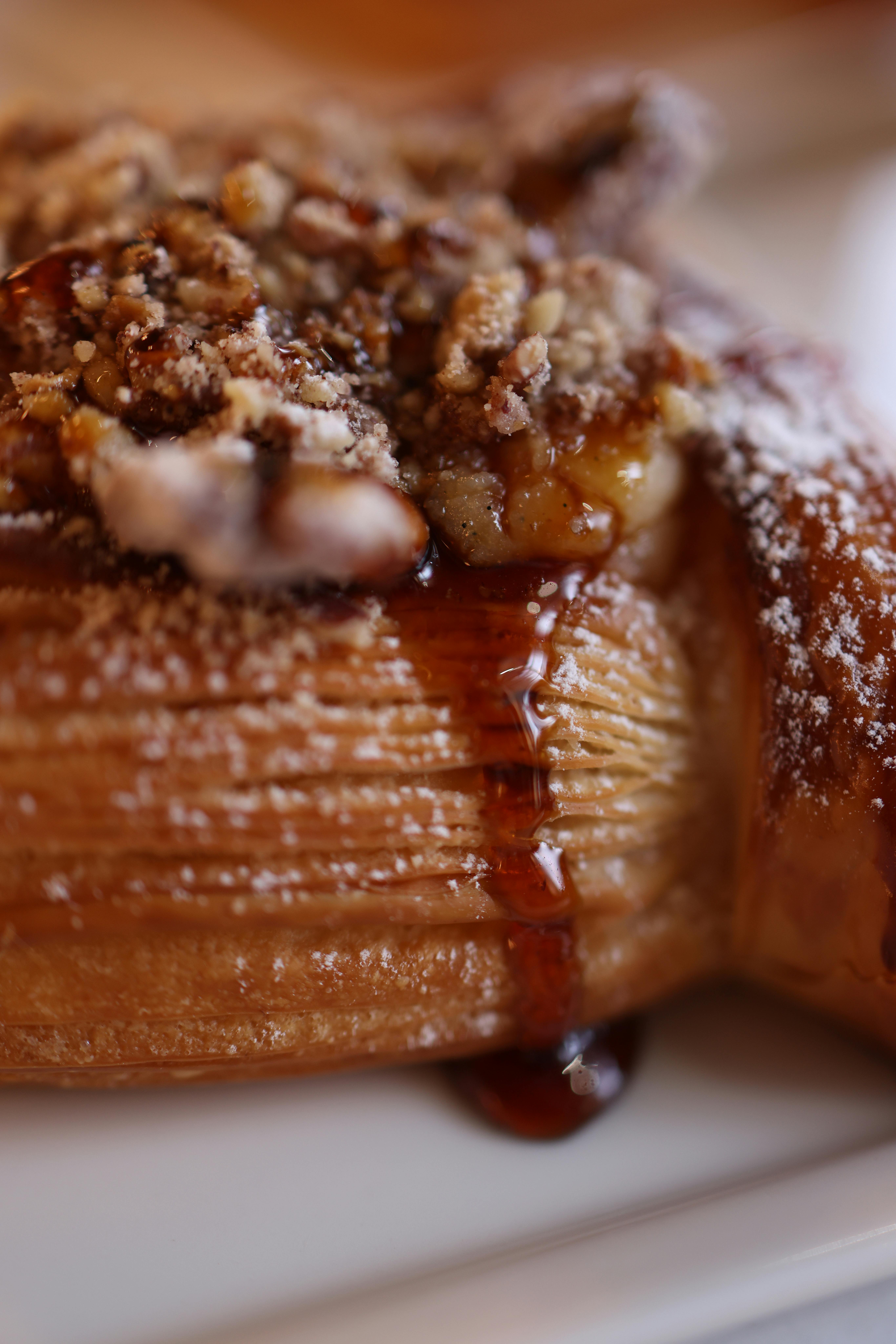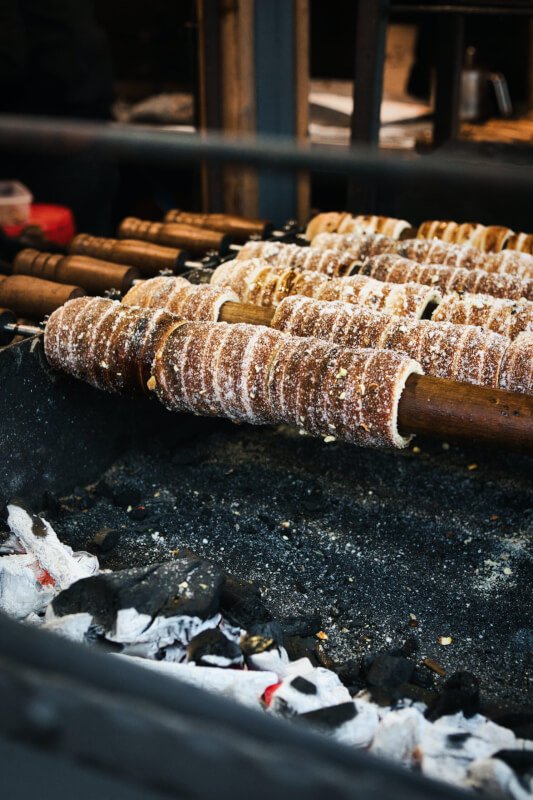If you’ve ever wondered how to whip up your own scrumptious pizza dough from scratch, look no further! In this article, you’ll discover an easy and foolproof method for making homemade pizza dough that will leave you craving more. With just a few simple ingredients and a little bit of patience, you’ll be able to create a versatile base for all your pizza creations. So grab your apron, roll up your sleeves, and get ready to embark on a delicious culinary adventure. Let’s dive right in!
How Can I Make Homemade Pizza Dough?
If you’re craving the delicious taste of homemade pizza, there’s no better way to enjoy it than by making your own dough from scratch. With just a few simple ingredients and some basic equipment, you can whip up a batch of fresh, flavorful pizza dough in no time. Whether you prefer a thin-crust or thick-crust pizza, this guide will walk you through each step of the process, from assembling the ingredients to baking the perfect pie. So grab your apron and get ready to unleash your inner pizzaiolo!

Ingredients
To make homemade pizza dough, you’ll need the following ingredients:
- All-purpose flour: This is the main ingredient for your dough and will give it structure and elasticity.
- Yeast: You’ll need active dry yeast to help the dough rise and create those airy pockets of goodness.
- Warm water: It’s crucial to use warm water to activate the yeast properly, so it can do its job of leavening the dough.
- Olive oil: A small amount of olive oil will add richness to the dough and help prevent it from sticking.
- Salt: Salt is essential for flavor and will enhance the taste of your homemade pizza.
- Sugar: A pinch of sugar will provide the yeast with some food to help it activate and rise.
Equipment
Before you get started, gather the necessary equipment to make the pizza dough:
- Mixing bowl: Choose a large mixing bowl that will comfortably hold all your ingredients and allow room for mixing.
- Spatula or wooden spoon: You’ll need a tool to combine and mix the dough ingredients together.
- Measuring cups and spoons: Accurate measurements are crucial for a successful dough, so have your measuring tools ready.
- Plastic wrap or damp cloth: You’ll need something to cover the dough while it rises and prevent it from drying out.
- Rolling pin: A rolling pin will be handy to shape and roll out your pizza dough.

Preparing the Dough
Now that you have your ingredients and equipment ready, it’s time to get your hands in the dough and start the process of making homemade pizza dough.
Activate yeast: In a small bowl, combine warm water with sugar and yeast. Let it sit for about 10 minutes, or until the mixture becomes frothy and bubbly. This indicates that the yeast is active and ready to work its magic.
Combine dry ingredients: In a large mixing bowl, whisk together the all-purpose flour and salt. This step ensures that the salt is evenly distributed throughout the dough.
Add wet ingredients: Make a well in the center of the dry ingredients and pour in the activated yeast mixture and olive oil. Using a spatula or wooden spoon, gradually incorporate the wet ingredients into the flour until a shaggy dough forms.
Mix the dough: Once the dough starts to come together, transfer it onto a clean, lightly floured surface. Knead the dough for about 5-7 minutes, or until it becomes smooth and elastic. You can also use a stand mixer fitted with a dough hook attachment for this step if desired.
Knead the dough: After thoroughly mixing the dough, return it to the mixing bowl and cover it with plastic wrap or a damp cloth. Allow the dough to rise in a warm, draft-free area for about 1-2 hours, or until it has doubled in size.
Proofing the Dough
Once the dough has risen, it’s time to move on to the proofing stage to enhance the texture and flavor of your pizza crust.
First rise: After the initial rise, gently punch down the dough to release any trapped air. This step helps to redistribute the yeast and create a more uniform texture.
Second rise: Shape the dough into a ball and cover it again with plastic wrap or a damp cloth. Let it rest for another 30-45 minutes to allow the gluten to relax and improve the dough’s texture.

Shaping and Baking
With the dough properly proofed, you’re now ready to shape and bake the perfect homemade pizza.
Preheat oven: Preheat your oven to the highest temperature it can reach, typically around 500°F (260°C). This high heat will ensure a crispy crust and properly cooked toppings.
Prepare baking surface: If you have a pizza stone or steel, place it in the oven while it preheats. Otherwise, prepare a baking sheet or pizza pan by lightly coating it with olive oil or cornmeal to prevent sticking.
Divide and shape the dough: Divide the dough into portions based on how many pizzas you want to make. Use a floured rolling pin to shape each portion into a round disk or your desired pizza shape. Remember to keep the thickness consistent for an even bake.
Add toppings: Now comes the fun part – adding your favorite pizza toppings! Whether you prefer classic Margherita, meat-lovers, or veggie-loaded options, feel free to get creative and pile on as many delicious ingredients as you like.
Bake the pizza: Carefully transfer your topped pizza onto the preheated baking surface and bake for about 10-15 minutes, or until the crust is golden brown and the cheese is melted and bubbly. Keep a close eye on it to avoid any burnt toppings.
Tips and Variations
Now that you’ve mastered the basic technique for homemade pizza dough, it’s time to explore some tips and variations to make your pies even more exciting.
Using different flours: Experiment with alternative flours like whole wheat, rye, or gluten-free blends to create unique flavor profiles and textures.
Adding herbs and spices: Enhance the flavor of your dough by incorporating dried herbs, such as basil, oregano, or garlic powder, or even some crushed red pepper flakes for a subtle kick.
Replacing olive oil: If you’re not a fan of olive oil, feel free to substitute it with another type of oil, like vegetable or avocado oil. This simple swap won’t significantly alter the end result.
Making thin-crust or thick-crust pizza: Adjust the thickness of your crust by rolling the dough thinner for a crispy thin-crust pizza or leaving it thicker for a chewy thick-crust option. It all depends on your personal preference.
Freezing the dough: If you’re not planning to use all the dough at once, divide it into portions, wrap each portion tightly in plastic wrap or place it in an airtight container, and freeze for future use. Just remember to thaw it in the refrigerator overnight before using it.
Now that you have all the knowledge and tips to make homemade pizza dough, it’s time to gather your ingredients and start kneading. With a little practice, you’ll soon be enjoying mouthwatering homemade pizzas that will rival your favorite pizzeria. So why wait? Get rolling and unleash your creativity in the kitchen!


